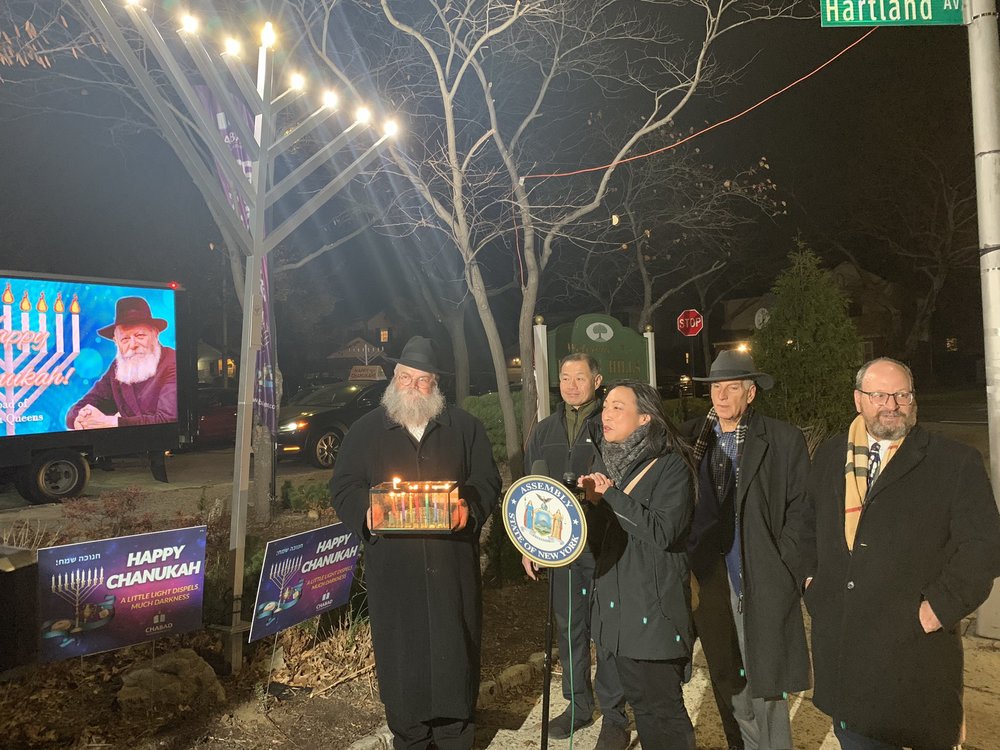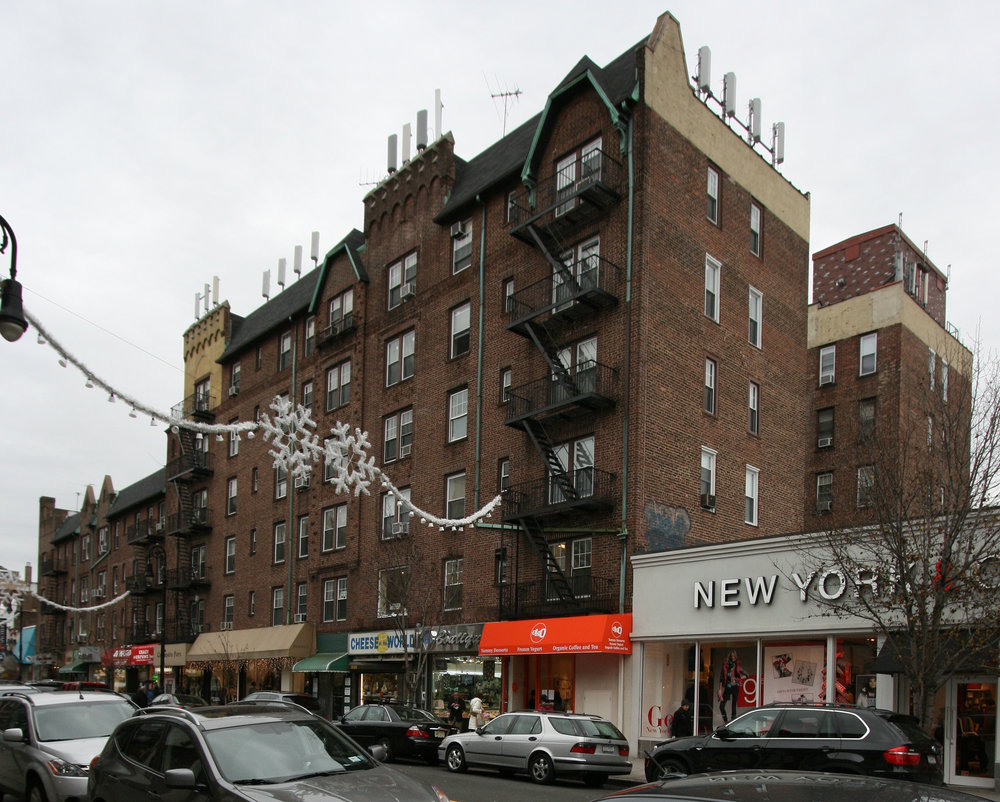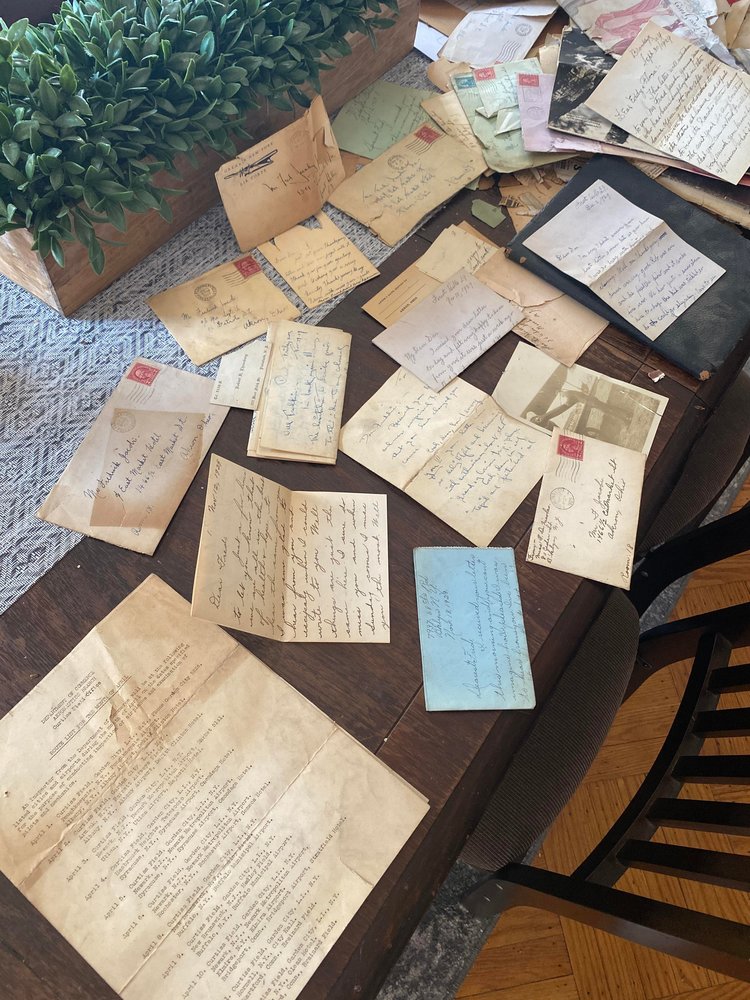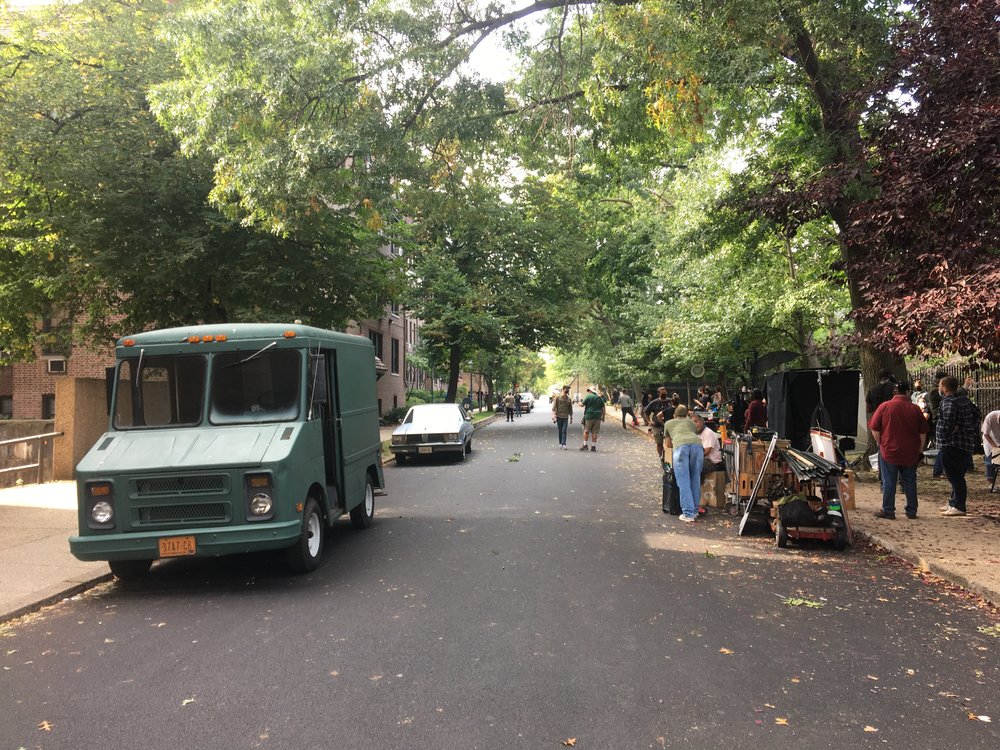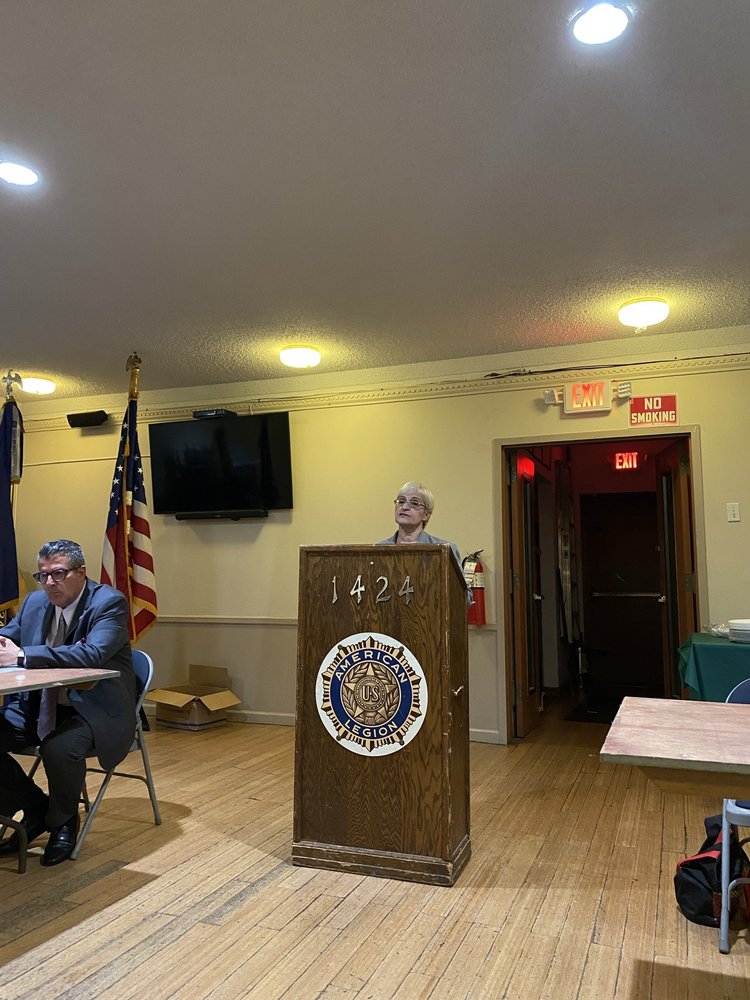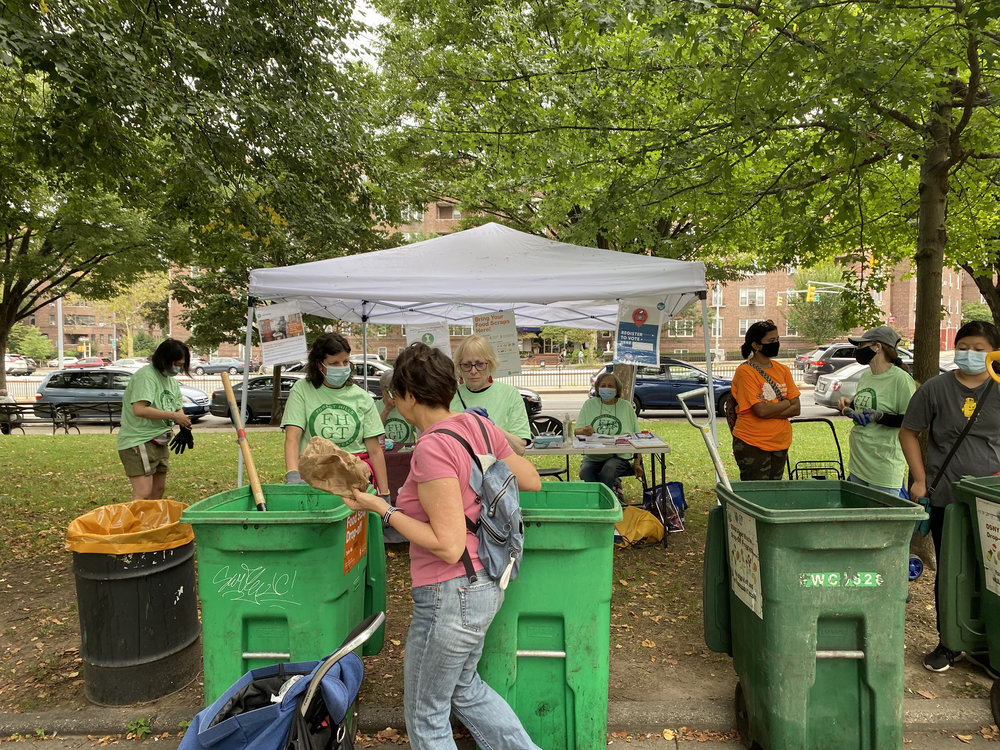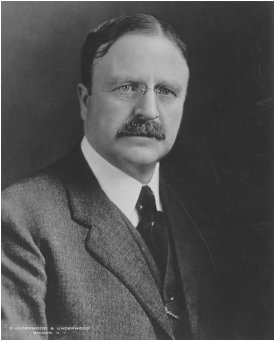Menorah vandalized in Hollis Hill
In the early evening of Saturday, November 27, a large menorah at the intersection of Union Turnpike and 220th Street in Hollis Hills was knocked into the road, breaking most of its lights.
The incident was reported to the NYPD by Rabbi Zalmanov, co-director of the Chabad of Eastern Queens.
In response, local leaders and elected officials denounced the act of vandalism, leading up to the rededication of a new menorah just steps from where the original one was damaged. Governor Kathy Hochul also instructed the state Hate Crimes Task Force to investigate the incident.
Assemblyman David Weprin said a similar act occurred at the site in 2014.
“Chanukah is a time of peace and joy,” said Weprin. “No acts of vandalism or anti-Semitism will ever be tolerated. We are watching, the hard-working members of law enforcement are watching, and this community, where we always have each other’s backs, is watching.”
Weprin was joined by State Senator John Liu, who noted that just a few weeks prior there was an unrelated act of anti-Semitism at Bagels & Co. in Fresh Meadows.
“That this vandalism occurred as New Yorkers celebrated the first night of Hanukkah stings all the more, but our community will never waiver in our determination to fight back against hatred and division in any form,” said Liu.
According to the FBI’s 2020 statistics, crimes targeting Jewish people made up nearly 55 percent of all religious bias crimes last year. More than half of hate incidents targeting Jews involved the destruction, damage, or vandalism of property, with a third of incidents being instances of intimidation.
Congresswoman Grace Meng co-chairs the House Antisemitism Task Force.
“There is no place anywhere in our society for anti-Semitism and hate, particularly here in Queens, where we welcome and embrace the great diversity throughout our borough,” she said. “Those responsible must be held accountable.”
Roughly a week after the incident, elected officials joined together for a rededication of a new menorah.



